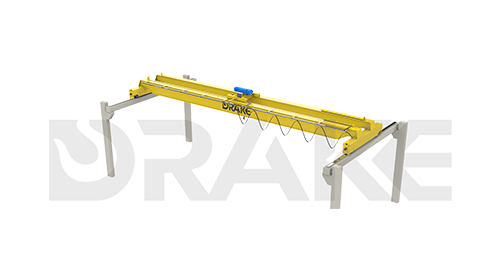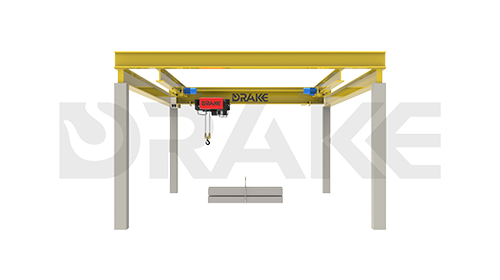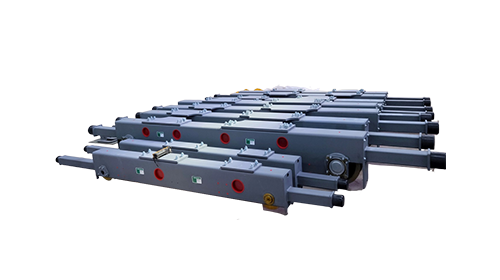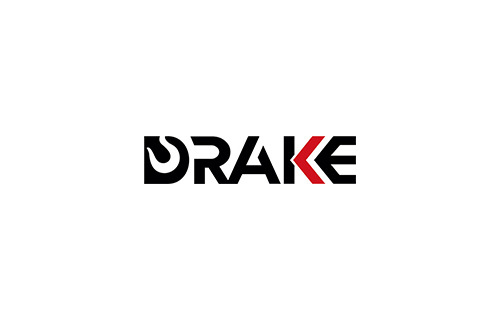Language
Industrial Crane Beam Design and Calculation Guide
Feb 03,2025
I. Basic Classification and Characteristics of Cranes
1. Type Classification
- Main Types:
- Single-girder crane (≤10t)
- Bridge crane (double-girder)
- Electric hoist (single-line motion)
- Wall-mounted crane (special applications)
2. Operation Methods
- Ground Control Type:
- Relatively flexible structural requirements
- Lower deflection control standards
- Cabin Control Type:
- Strict deformation control indicators
- Requires steel ladders, walkways, and other auxiliary facilities
II. Key Technical Parameters
1. Basic Parameters
- Lifting Capacity:
- Unit: t
- Notation method: main/auxiliary hook (e.g., 75/20t)
- Span Design:
- Unit: mm
- Standard span series:
- 10500 (corresponding to building 12000)
- 13500 (corresponding to building 15000)
- 16500 (corresponding to building 18000)
- 19500 (corresponding to building 21000)
- 22500 (corresponding to building 24000)
- 25500 (corresponding to building 27000)
- 28500 (corresponding to building 30000)
- 31500 (corresponding to building 33000)
2. Working Class
Based on GB/T 3811 standard:
- Utilization class (U0~U9)
- Load state (Q) Combined to determine working class (A1~A8)
III. Structural Design Points
1. Load Calculation
- Vertical Load Amplification Factor:
- Considers self-weight and accessories
- Multiplied by amplification factor
- Horizontal Loads:
- Transverse: trolley braking force
- Longitudinal: crane braking force
- Calculation basis: wheel pressure percentage
2. Support Design
- Type Selection:
- Plate support: simple fabrication, large eccentricity
- Flange support: small eccentricity, complex fabrication
- Layout Principle:
- Middle support: preferably flanged
- End span: plate type
3. Rail Connection
- Bolt Connection:
- Minimum beam width: 280mm
- Consider upper flange reduction
- Welded Connection:
- Good structural integrity
- Simpler strength calculation
IV. Calculation and Verification Points
1. Load Combinations
- Fatigue and Deformation Calculation:
- Use standard combination
- No dynamic factor
- Bearing Capacity Calculation:
- Consider dynamic factor
- Flexible hook crane: 1.05 (A1~A5)
- Rigid hook crane: 1.1 (including A6~A8)
2. Multiple Crane Design Considerations
- Strength verification: Maximum 2 cranes
- Deformation verification:
- Vertical: ≤2 cranes
- Horizontal: 1 crane (maximum load)
- Fatigue verification: 1 crane (maximum load)
V. Atlas Application Guidelines
1. 20G520-1 Atlas Usage Notes
- Based on dual crane conditions
- Default welded rail connection
- Large span gradation
- Horizontal load impact not considered
2. Tie Rod Design Recommendations
- Independent tie rod recommended
- Consider constraint effect
- Add knee braces when necessary
VI. Design Optimization Suggestions
- Specific calculation based on project parameters
- Reference atlas construction practices
- Focus on node detail design
- Consider installation convenience
- Emphasize maintenance requirements













